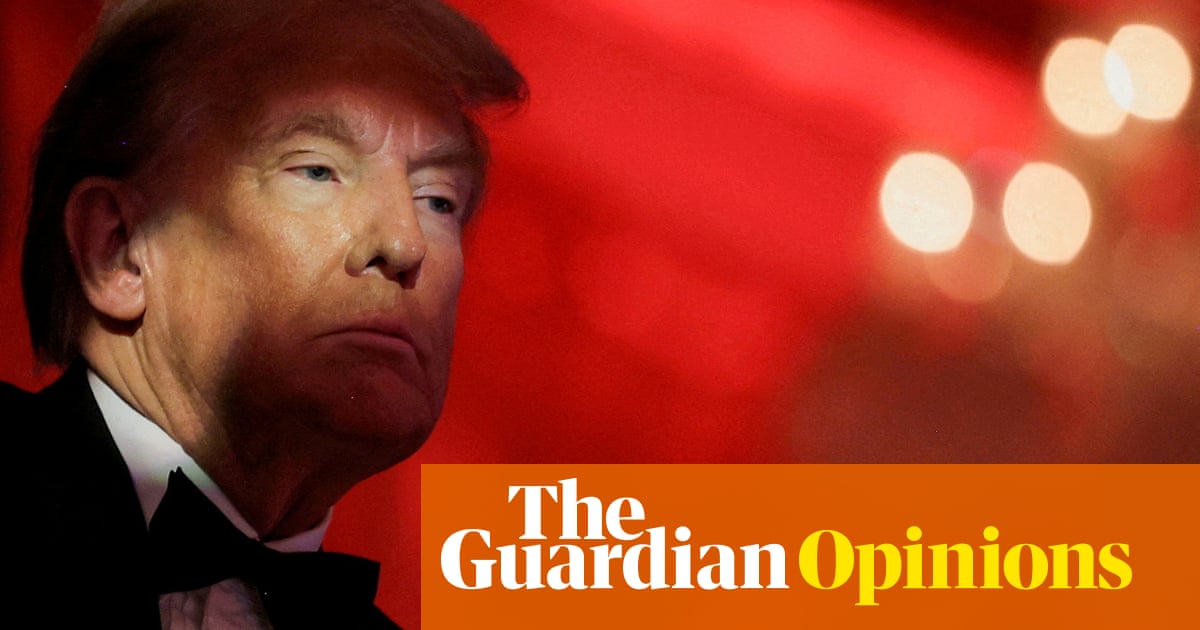
In 2023, leaders of the BRICS nations—Brazil, Russia, India, China, and South Africa—discussed collaborating on a new shared currency. Brazilian President Luiz Inácio Lula da Silva and Russian President Vladimir Putin, among others, publicly championed this alternative to the US dollar, the dominant global currency for the past 75 years. The bloc’s expansion to include Egypt, Ethiopia, Iran, and the United Arab Emirates would presumably further incorporate these nations into the proposed joint currency.
This challenge to the dollar’s dominance has already provoked a response from US president-elect Donald Trump, who threatened 100% punitive tariffs on countries abandoning the greenback. Trump explicitly warned BRICS nations against creating or supporting an alternative reserve currency, declaring on Truth Social that such actions would result in these tariffs. This ultimatum followed previous threats of significant tariffs against Mexico, Canada, and China, among others. Despite Trump’s aggressive rhetoric, these threats are unlikely to yield the “successful deals” he often claims.
However, even without Trump’s intervention, the proposed BRICS currency faces significant hurdles. If intended to exist alongside national currencies, it’s unlikely to gain traction. A successful international currency requires a central base, a lesson illustrated by the dominance of English over Esperanto and the limited success of the International Monetary Fund’s Special Drawing Right (SDR).
For a BRICS currency to effectively compete with the US dollar, member countries would need to establish a full monetary union, relinquishing national currencies and creating a unified central bank. However, the diverse BRICS economies are too dissimilar for such a union to function effectively. Successful monetary unions typically involve small, interconnected economies with extensive trade, shared goals, cultural ties, correlated business cycles, and integrated labor markets. The BRICS nations lack these crucial elements. Disparate economies within a monetary union face challenges, as one member might experience a recession while another overheats, hindering unified monetary policy responses.
Successful monetary unions, such as the CFA franc zones in West Africa and Central Africa, and the Eastern Caribbean Currency Union, are comprised of small, geographically proximate countries with shared cultural and historical ties. The eurozone, while a notable exception involving larger economies, benefits from shared borders, integrated economies, and a common commitment to European unity. Even the eurozone, however, has seen some member states struggle with its constraints, and others remain outside it entirely.
Attempts at creating regional currency unions have also met with limited success. The Gulf Cooperation Council (GCC), for instance, failed to establish a planned currency union by 2010. Given the GCC’s relative homogeneity, the BRICS’ prospects appear even dimmer.
The BRICS+ nations are large, span four continents, speak different languages, and have historically experienced conflict rather than economic integration. Examples include the protracted military standoff between China and India. Furthermore, their business cycles are poorly correlated; rising energy prices benefit some members while harming others, further hindering monetary union feasibility.
While a gradual shift away from the dollar is underway, fueled by increased US sanctions, Trump’s retaliatory tariffs could backfire, potentially pushing central banks towards the yuan, smaller currencies, or gold. His attempts to enforce dollar dominance contradict other stated objectives, such as improving the US trade balance by devaluing the dollar. This inherent contradiction, coupled with inflationary promises and threats to Federal Reserve independence, weakens the dollar’s appeal as a stable international reserve currency. Trump’s tariff threats are unlikely to address this fundamental flaw.
*Jeffrey Frankel is a professor of capital formation and growth at Harvard University and a former member of President Bill Clinton’s Council of Economic Advisers.*
